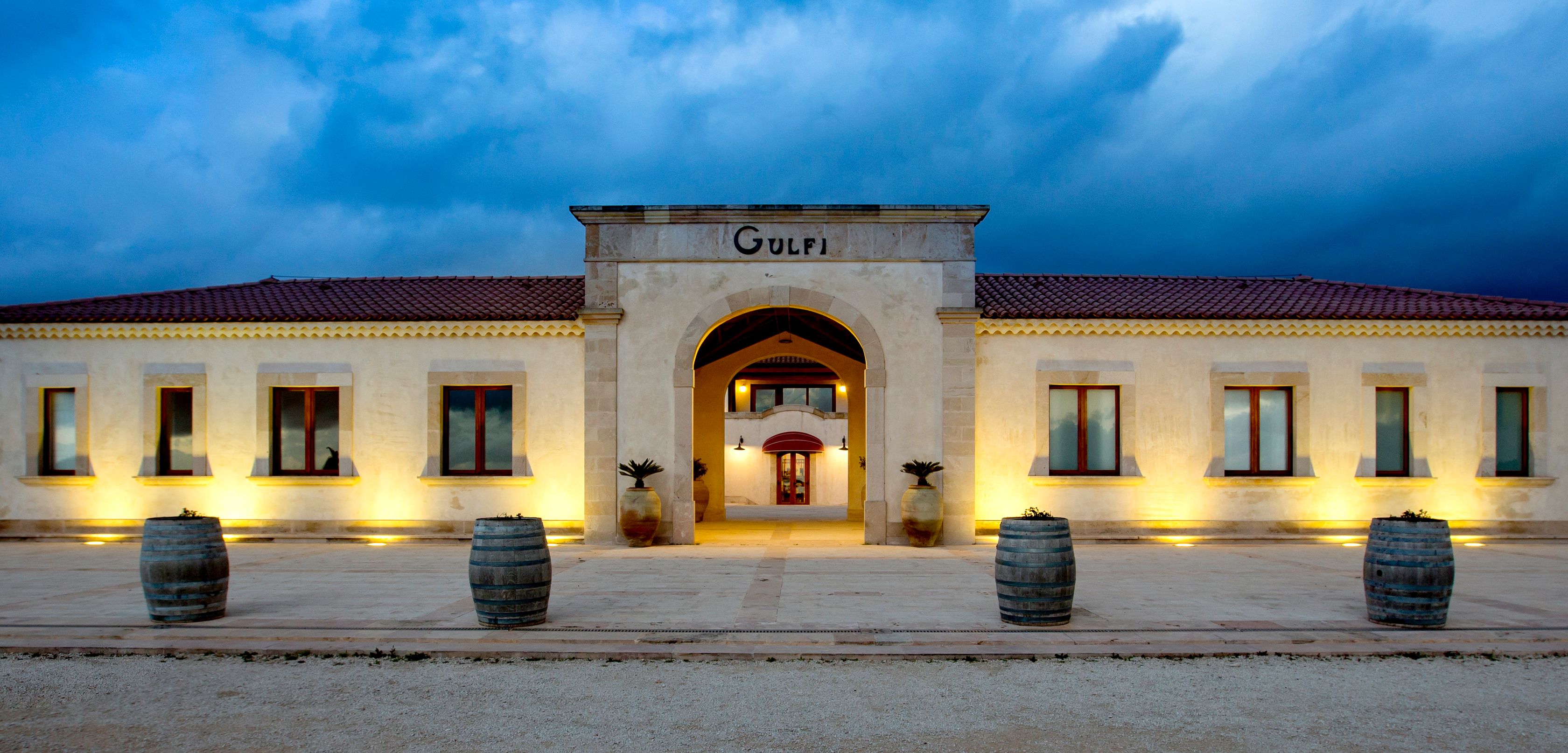
Roman traditions & indigineous Sicilian varieties
Vito Catania was one of many generations in a family focused on agriculture through the production of wine and olive oil. As Vito took over the family business, he pioneered a focus on the cultivation of several varieties of grapes native to Sicily, and on growing them in the traditional “alberello” style: non-irrigated, and densely planted head-pruned bush-vines, in keeping with more than 2,000 years of Roman tradition.
Vineyards have existed for more than 2000 years on the specific soil we selected, and where we grow our vines.
Alberello cultivation results in low-production vines that allows Gulfi’s wines to achieve great complexity and finesse, in spite of Sicily’s extreme climate.
View this post on Instagram

Gulfi winemaker Matteo Catania
Naturalness is the second principle guiding Gulfi’s wine making decisions and distinguishing their wines. In 2017 Vito Catania passed away, leaving the operation to his son Matteo who had worked along his side for more than 20 years already.
“Guardians of the terroir” is a mantra passed through the generations of famiglia Catania, which Matteo took to focus on through biodynamic and organic vineyard practices, coupled with non-invasive methods of vinification, to express Gulfi’s greatest responsibility, which is to safeguard the land and to continue making wine in a way that respects the environment.
Gulfi’s commitment is to produce indiginous wines that are reflective of Sicily. They are extraordinarily delicious — bright, fresh, and honest wines that express the style of the winemaker, unquestionably overdelivering for their price point.
Infusing modern conventions

Gulfi’s winery was harmoniously integrated into the landscape from 2007-2011, bringing modern winemaking to their traditional vineyard practices. The facility allows the fruit to be protected against oxidation, and to execute temperature-controlled fermentations, all aiming to preserve freshness in their finished wines.
Gulfi’s commitment is to produce indiginous wines that are reflective of Sicily. They are extraordinarily delicious — bright, fresh, and honest wines that express the style of the winemaker, unquestionably overdelivering for their price point.
Gulfi Wines

Carjcanti
The indigenous white grape Carricante grows almost exclusively on Etna. Since 1999, Famiglia Catania had the idea of planting this variety in the hills of Monti Iblei where it grows very well, producing a wine with unique sensory qualities, a strong territorial typicity and that ages magnificently. Mineral and salty, with a touch of acidity that supports a long and persistent fruit.
Valcanzjria
From a blend of Chardonnay and Carricante. The Chardonnay gives its aromatic richness to the wine and brings roundness, allowing it to express its organoleptic characteristics as of the spring following the harvest. The Carricante brings acidity and complexity, it is sort of the spine that allows the wine to evolve over time and retain its freshness and flavor intensity.
Rossojbleo
Young, accessible and fruity, and best drunk slightly cool, this is another way of expressing the most famous Sicilian grape, Nero d’Avola. The Catania family has always wanted to create a red wine to accompany fish dishes, so this is how this wine was born.
Nerojbleo
Gulfi’s flagship, a selection of the oldest vines of Nero d’Avola — “Nero” (Black) referring to the Nero d’Avola, and “Jbleo” denoting its origin, the Iblei. It is intense and solar, with mineral notes, iodine and capers typical of the maturity of this variety. Soft and silky on the palate, with a lovely freshness and length. Ideal for long aging.
Cerasuolo di Vittoria
A red wine from very old tradition; its identity is a combination of the strength of Nero d’Avola, which gives structure and acidity (formerly called Calabrese), and the sweet and fruity Frappato, a grape found primarily in the area of Ragusa. It is the first and currently the only DOCG in Sicily dating from 1606 when the city of Vittoria was built by the founder Vittoria Colonna Henriquez who offered a hectare of land to the first 75 settlers, provided that they grow one with vine.

